- Home
- PM Process
Project Management Process
Published: 2009-06-04
Last updated: 2022-03-18
With the project life cycle of a traditional project in mind, we describe project management as a process of four major phases or steps. The four project management phases or major project management steps are:
Phase 1 (or step 1): Project Definition Phase
Phase 2 (or step 2): Project Planning Phase
Phase 3 (or step 3): Project Implementation Phase
Phase 4 (or step 4): Project Closure Phase
Here is the graphical overview:
The next, more detailed picture, shows this project management core process and its supporting processes
- Sales & Proposal Management
- Stakeholder Management
- Risk Management
- Contract Management
- Problem Solving
- Quality Management
We also emphasize that within the supplier's organization, there are usually two different teams working on the project: a sales & proposal team during definition and planning phase, and an implementation team during implementation and closure phase. Mutual support between these two teams is best practice for successful handover.
The interpretation of project management as a process is somewhat simplified. We do this mainly in order to present a practical approach that works for most projects. More strictly speaking, project management can be seen as a collection of process groups, which are - just as above - definition, planning, implementation and closure. Each of these four process groups would then consist of several sub-processes, through which we run iteratively and / or recursivly. Some of these aspects, we discuss in more detail in sub-section project management models.
A good project plan is essential
In section Fundamentals of Project Management, we point out that in a real life environment, we cannot plan for everything that could happen. That might tempt us to keep planning low-key, and rather start taking action because things unfold differently from what we can plan anyway. On the other hand, poor planning documents are one important reason for bad project results in terms of additional, unplanned work, time delays, and cost overruns. Thus, the secret of excellent project management seems to be the right balance between creating detailed planning documents in planning phase while keeping enough flexibility for changes during implementation and closure phase. That sounds like a dilemma. How we are going to resolve this you will find in the sections Definition Phase and Planning Phase on a detailed level. Here, we focus on the general project management principles.
Ultimately, we want to achieve the best possible project results. This we can only do by managing implementation and closure phase in the best possible way: We, as project managers, together with our core team members must be in control of implementing and closing the project. This is only possible if we prepare everything we need for optimum implementation and closure in definition and planning phase.
"Tell me how you define and plan your project, and I tell you how it will end."
The following picture illustrates the project management controlling cycle which will guide us through the whole project management process, from the first steps into defining the project, all the way to the last steps of closing the project.
If we want to be in control of our project we need to be able to compare the results of action with the required results. So, we need a plan that contains sufficient information about required results and necessary actions. In order to create such a plan, we need a good understanding of the requirements and the specifications of our project. These requirements and specifications should be as clear and stable as possible. Since these requirements and specifications can only be as clear and stable as the project goal(s) are, we now can define our main tasks for definition and planning phase.
Having a plan with a sufficient level of details, while still containing the necessary flexibility, sets the stage for implementation and closure phase.
Our project management master plan
This reflects pretty much our view of the general project management methodology and will serve as our project management master plan. We assume project management being a process, or better a set of processes:
- Core project management process: that is what we summarize on this page and present in detail in the sections definition phase, planning phase, implementation phase, and closure phase.
- Stakeholder management process
- Risk management process
- Contract management process (including change and claim management processes)
with the following supporting processes:
- Proposal management process
- Quality management process
- Crisis management process
- Problem-solving processes
We develop all the project management methods and project management tools to answer the basic question: What do we have to do in order to prepare and enable optimum management of implementation and closure phase?
Section Definition Phase lines out how to prepare the planning phase. We focus on how to set goals, how to start the stakeholder management process and how to setup contract relationships or contract structures.
In section Planning Phase, we will describe how we create a detailed project plan with enough flexibility for changes in later phases. Emphasis lies on the core project management process, risk management process, and contract management process. Additionally, we indicate how we, as project managers, can involve into the proposal management process and benefit from it, and how to include the quality management process.
Section Implementation Phase goes into details of how to follow the plan and deal with necessary changes. Here, we go into details of the application of controlling tools and change and claim management. Since we sometimes face crisis especially in implementation phase, we also present the basics of the crisis management process and problem solving processes.
In section Closure Phase, we describe how to conclude all the project management related processes, and how to collect and evaluate the lessons learned.
35+ templates, tools, and checklists in one set
To save you time in your daily work as a project manager, I packaged more than 35 project management templates, tools, and checklists into one zip file.
- You un-zip it, and you get all items in formats you can edit to your requirements.
- They strictly contain only standard functionality and no macros or other code.
- You are allowed to use your logo.
or click here for more info.
Traditional PM
Learning Path Navigation
|
|
|
Return from Project Management Process to Home Page
|
|
|
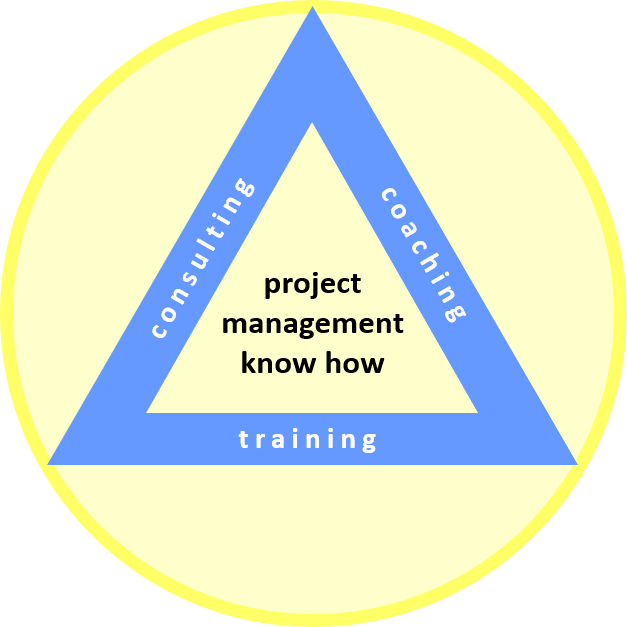

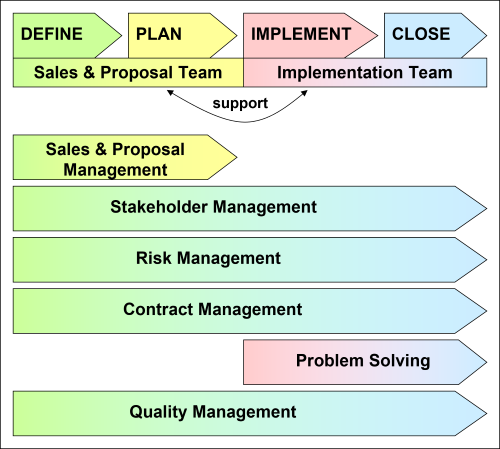
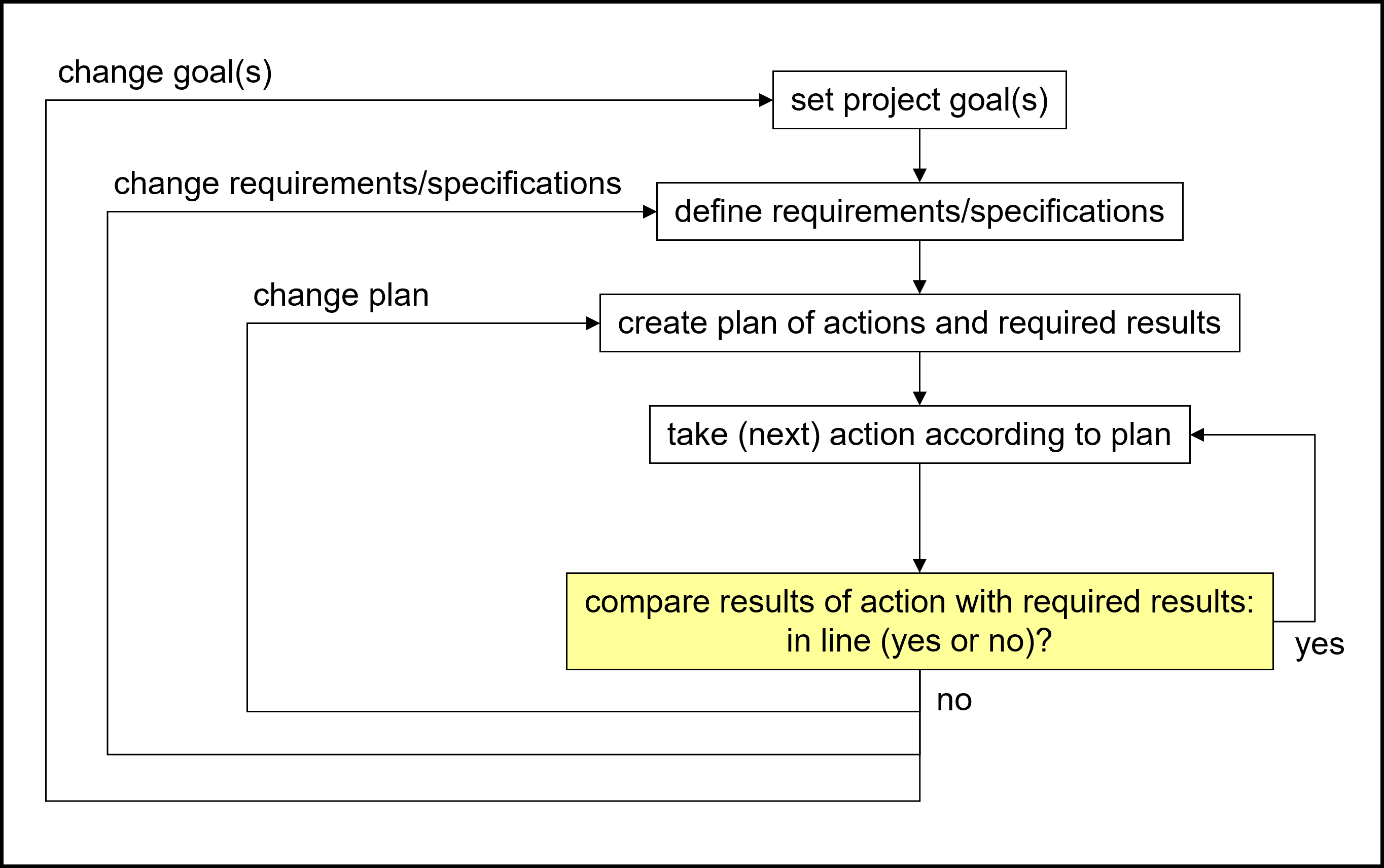
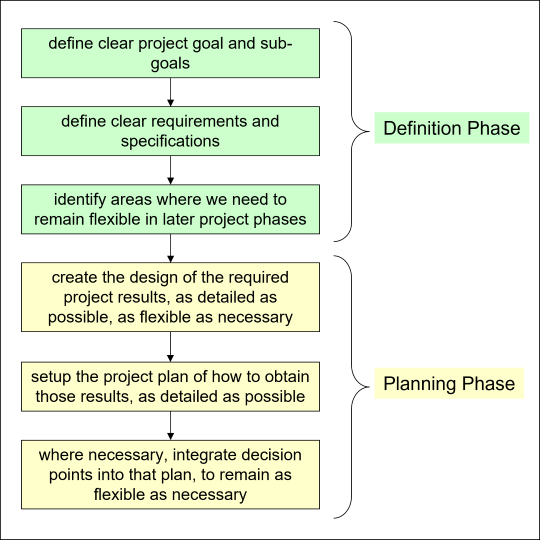
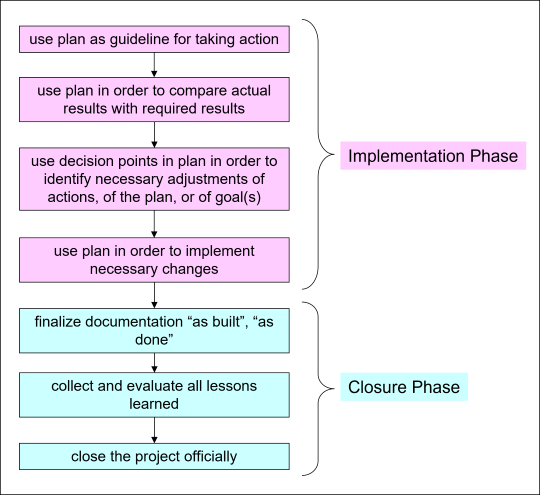

Your Comments
Have your say about what you just read! Leave me a comment in the box below.